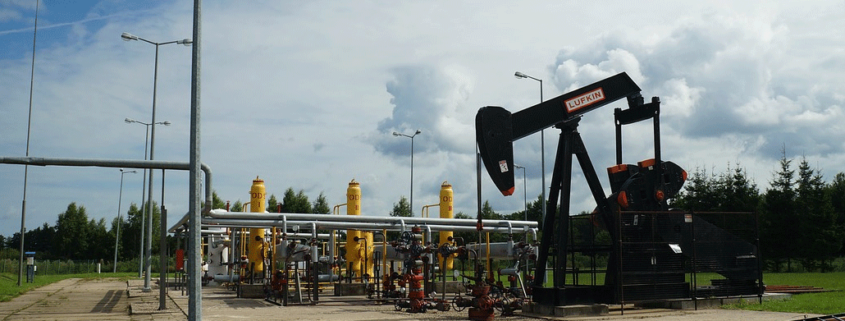A Complete Guide to Oil and Gas Revenue Checks
Oil and gas revenue checks are everyone’s favorite part about mineral rights ownership. Oil and gas revenue checks are a great way to earn passive income from an investment in mineral rights.
In this complete guide, we will cover some of the most frequently asked questions. It will be all about oil and gas revenue checks. This is to help current and future mineral rights owners understand what to expect. After defining a few terms, we will go into detail about some of the average statistics. These are statistics that surround oil and gas revenue checks.
What are oil and gas revenue checks?
First and foremost let’s define what we are talking about here. Oil and gas revenue checks are monthly states. They will give it to the owner or partial owner of active mineral rights. They call the Oil and Gas revenue checks “oil and gas royalties” or “oil and gas royalty statements.”
Today, they are still sending most oil and gas revenue checks in the mail. Typically, they show a full picture of the month’s operation, resource price, ownership percentage, and actual check dollar amount.
Who sends it out?
The operator or producer will send the Oil and gas revenue checks. In the largest oil and gas operations, companies will utilize either an in-house or third-party revenue distributor. Oil and gas revenue checks may be the only interaction between the actual extraction company and the person or entity. That person will receive the check.
How do you get it?
How to receive an oil and gas revenue check? One must have a stake in an active and producing oil and gas operation. Most commonly, this occurs when a mineral rights owner enters into an oil and gas lease agreement. This is for a company to locate, extract, and sell valuable resources from the owned property. They will mail the Oil and gas royalty checks via the US Postal Service in discreet packaging.
How often do they send these checks?
Across the United States, the industry standard for oil and gas revenue checks is a monthly recurring payment. Are you not a mineral rights owner? Then have an overriding royalty interest in an oil and gas operation. With that, it may be possible that you only receive a one-time revenue check. This is after you participate in the process.
How much do you get with these checks as payments?
Technically, there is no limit on the amount of payment money. The exact figure that you will receive is a predetermined amount. This is as defined in your mineral rights lease agreement contract. In most scenarios, they fix a percentage from the total sales revenue of an operation each month.
Most commonly, oil and gas revenue checks are payable to about 12.5% or one-eighth of the total monthly profit. More often than not, this is then divisible among multiple mineral rights owners on a large, active property. In some states, there are legal minimum oil and gas royalty compensation percentages.
What is the minimum amount of an oil and gas revenue check?
In most oil and gas leases, there will be a predefined amount of money. This must accumulate before a revenue statement is sent to a mineral rights owner. What if an operation has been slowed due to seasonality, weather, or other condition? Months in which production and sales do not meet the minimum threshold will generally cause producers to temporarily withhold payments.
What taxes are payable on these checks?
There are a considerable number of taxes that may be applied to any given oil and gas revenue check, with total value varying depending on your location. Most commonly, it is not unusual to see severance taxes, conservation taxes, state taxes, and more on a monthly oil and gas revenue check. Although it may not be significant, revenue checks may be taxed at rates up to 10% across the country.
Why are there deducted items from an oil and gas revenue check?
Unlike some products, oil, gas, and other natural resources must undergo a significant amount of modification and processing before becoming ready to market and sell. For this reason, oil and gas operations incur significant expenses between the extraction and sale stages. These process costs are divisible among stakeholders and credited to revenue checks based on actual expenses. Most commonly, deductions may represent costs associated with dehydration, compression, gathering, processing, and treating the minerals.
If you have further questions about oil and gas revenue checks, feel free to reach out to us here.




Leave a Reply
Want to join the discussion?Feel free to contribute!